One of the coolest projects I have ever done was invent the POS integrated token dispenser system for Chuck E. Cheese. This was before they had a card system that they are using today for playing games. The cashier would ring up an order and then count out tokens by hand at the cash register based on what you ordered. The company was wanting something that could integrate into their point of sale system and dispense tokens faster with better accountability. I was assigned the project sometime in 1993.
At CEC, we were known for creating all sorts of things, some would never see the light of day and some would. The original mechanical dispenser I started with was from another manufacturer who now makes a variety of dispensers and interfaces (Funny how they flat out didn’t care to work on my point of sale integration at the time when I called them). My first interface just took control of their hand held keypad for dispensing. Their hopper unit was a large metal box and took up counter space. Leadership wanted something under the counter. We found there was a company in Las Vegas called Asahi Seiko who made these cool hoppers that were great in slot machines, and with some modifications they would be perfect for an under the counter system that would hold a few thousand coins. For the PC interface I wanted to use a parallel port on a terminal (Every PC had them back then) and use each address port for a specific function, but then I found a serial data Acquisition and control interface that reduced my coding and custom circuit board building time.
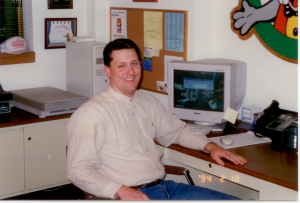
After a few months, I had a prototype (I really wish I took more photos back then). It was this Asahi Seiko hopper connected via a long wire harness I made that ran from the filing cabinet in my office to a control box with the serial interface connected to a register terminal behind my desk. I remember the day the president of the company came in, asked me to show it working. Then said, “Let’s put it in 5 locations”. At that moment, my stomach dropped as I realized I need to find partners to help manufacture the parts for a potential company-wide roll-out.

One of the parts we made was called a dog bowl. This is a metal cover that would protect the escalator as it extended through the counter and an actual metal pet watering dish that would catch the coins after they were dispensed. Remind you, this was a proof of concept at the moment, and nothing was manufactured yet. I remember buying the dish at a grocery store and having a slot cut into it to line up with the escalator housing. The name, “Dog Bowl”, just stuck forever.
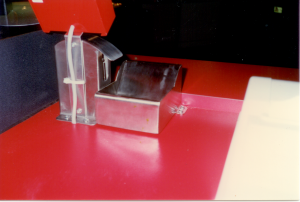
After testing in a few local stores, and re-designing some of the hardware pieces such as the dog bowl, escalator alignment fixes, changes to some of the components and circuit board design and adjusting the software for better operation, I had a version that we were confident with. The fifth location to install the unit was at the highest volume Chuck E. Cheese in Bell California. The install went well, and the following week, token sales were also up! Just the tokens dispensing into the dog bowl sounded like a Vegas slot machine and actually attracted people to the counter too. It was great. It was fun to just watch the thing in action. We installed one dispenser for each point of sale terminal in the locations.
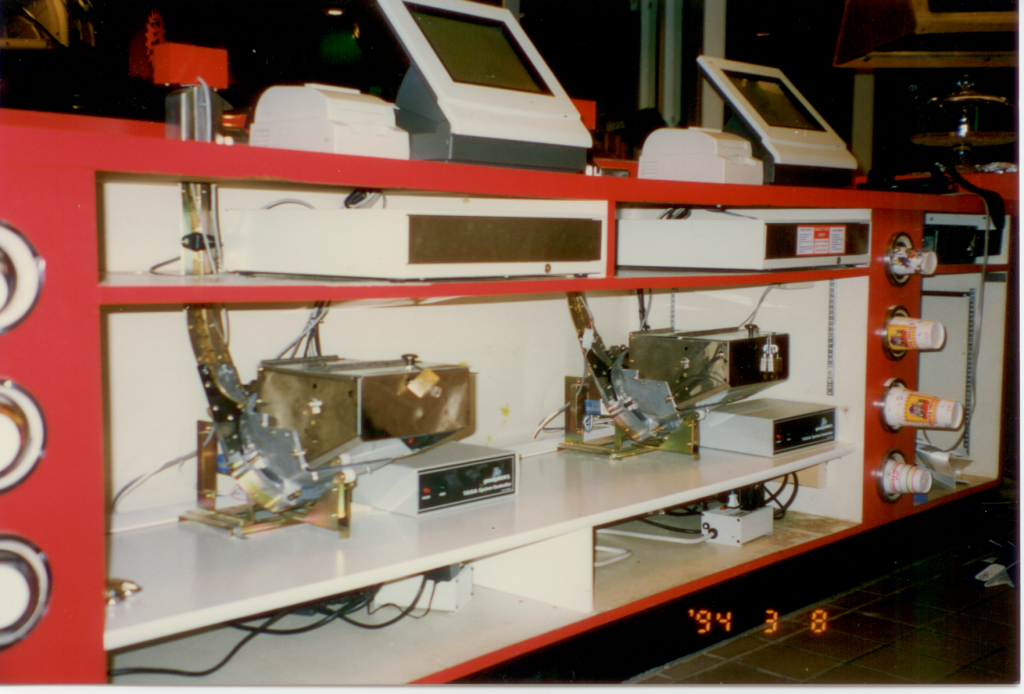
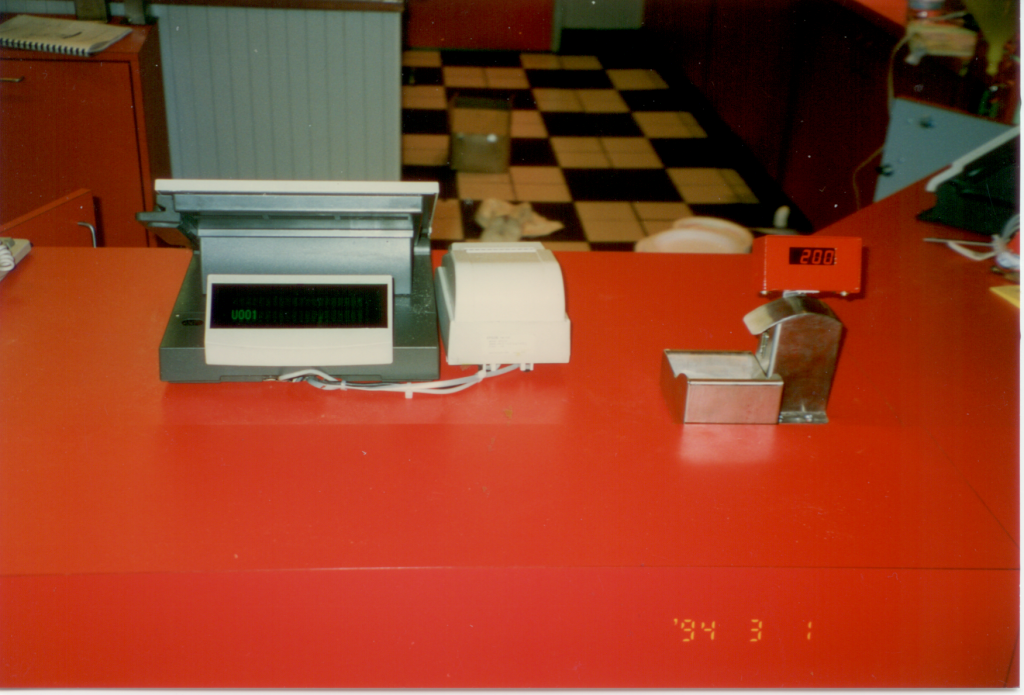
One of the little known bugs of the dispenser was after it dispensed somewhere around 998 tokens, an extra token always got dispensed. Never did solve the issue at the time, and the joke behind it was, “Well, if someone buys that many tokens at once, one extra token would be ok”. This was during the time of when the current point of sale system was running DOS. Several years later we migrated to a Windows based point of sale system. I don’t recall if the bug existed after that. I believe the issue went away and it was a totally different group of developers on that system too. I only provided technical input during those times.
Long story short, the dispenser was rolled out company-wide with a huge positive impact. During the time of the patent filing, I had to give the dispenser a name. I came up with, “TODD”. Which I stated meant Token Online Digital Dispenser (There is a whole story what that name really means). The TODD system was a huge success that lasted about 21 years before technology made a card system a viable alternative. Not bad! Oh, and that original company that didn’t want to be a part of my project… Well they came calling later asking for rights or a partnership after we started rolling it out. I loved telling them on the phone to take a hike after we did all the work in-house. They finally saw the potential after it was in most of the restaurants.
The patent for TODD was filed on September the 15, 1999 and approved status on February 02, 2003.
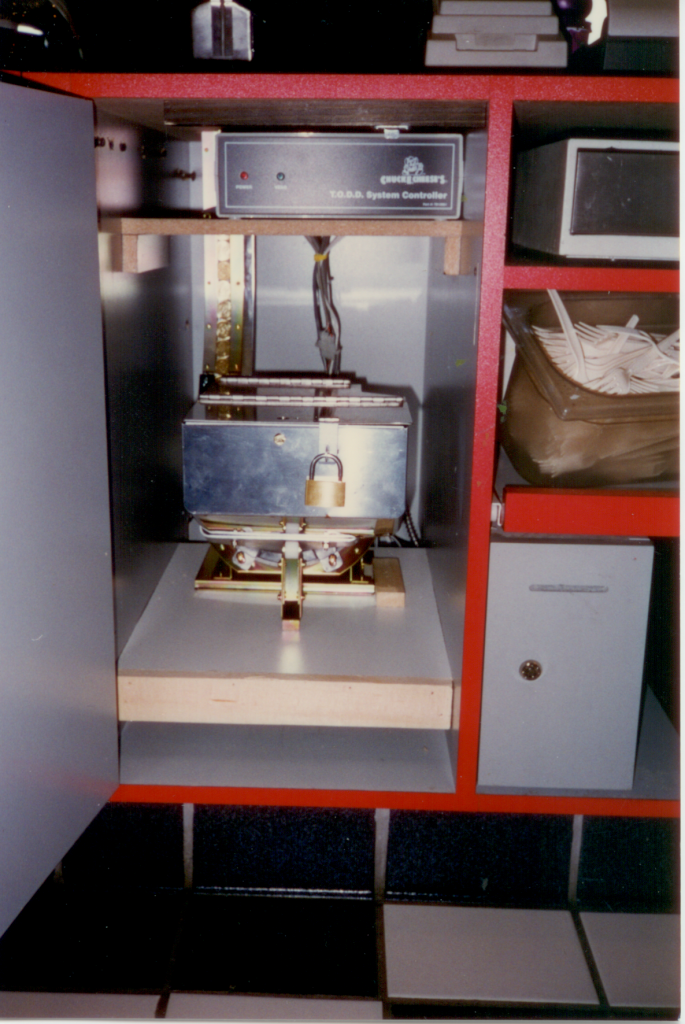
Those days creating the TODD system were some of my best days at CEC. Never thought the project would become the success that it was, and it really gave me the confidence to take a chance on doing other things I’ve never tried before.